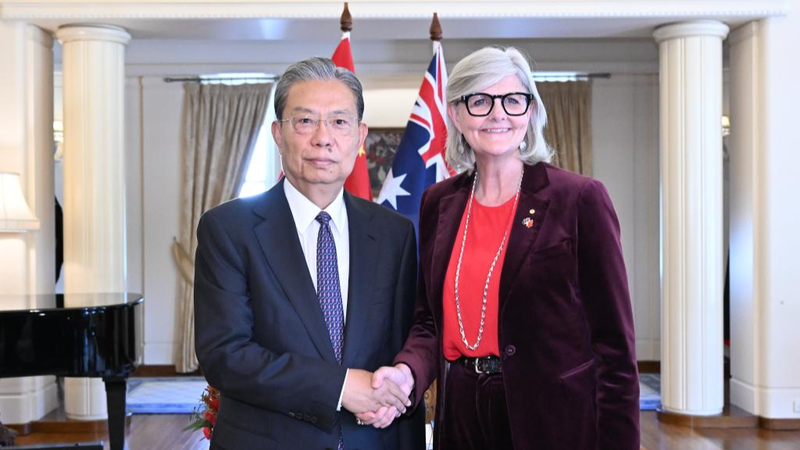Under a multi-layered security grid bristling with F-35 fighter jets and Patriot missile batteries, NATO’s 32 member states kicked off a two-day summit in The Hague, spotlighting a bold defense blueprint against a backdrop of Middle East unrest.
The centerpiece: a call for defense spending to climb to 5% of GDP by 2035—divided into 3.5% for direct military operations and 1.5% for supporting infrastructure, from cyber hubs to logistics chains. If ratified by heads of state, it would mark a decisive shift toward deeper collective readiness.
Eastern European allies, mindful of regional flashpoints, broadly champion the proposal. Spain, however, won a concession to stick at 2.1%. Across the Atlantic, the US, led by President Donald Trump, has warned it won’t be formally bound—yet it still urges partners to honor existing commitments.
Strategic priorities have also pivoted. Ukraine, once a summit focal point, has slipped down the agenda, while NATO-Indo-Pacific engagement moves into smaller, closed-door sessions. And the fallout from a recent US airstrike on Iran’s nuclear facilities has leaders weighing diplomatic channels to cool Middle Eastern tensions.
For young global citizens and digital nomads, The Hague summit is more than a high-security spectacle. It’s a live case study of how 21st-century geopolitics, cutting-edge defense tech and economic heft intersect—and why, in an interconnected era, security spending has become a barometer for future stability.
As the summit wraps, the big question remains: will the 5% defense target set a new global standard—or leave NATO’s collective ambitions grounded?
Reference(s):
NATO pushes 5% defense spending goal as summit opens in The Hague
cgtn.com




